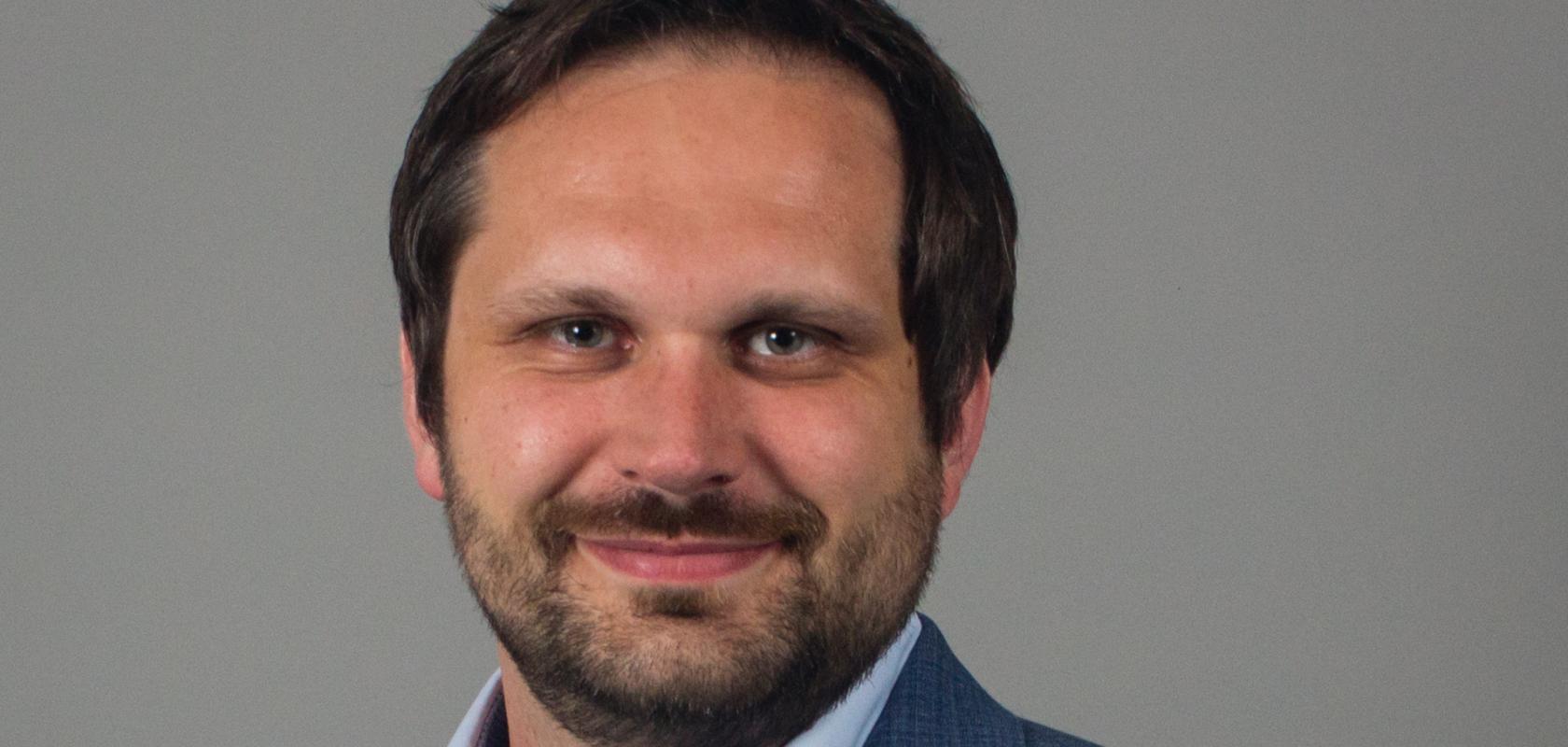Much has been done in Europe with regards to FTTH deployment, with advanced coverage now spanning many regions, and approximately 70% coverage across the continent as a whole. It's important to note, however, that not all countries have the same level of maturity. Some nations, such as France, can boast an impressive 85% coverage rate, while others still lag behind.
The difference is even clearer when it comes to rural areas, which provide the biggest challenge for operators as we work towards achieving gigabit coverage for all by the EU target of 2030. The remaining 30% of coverage is likely to be not only the most expensive, but also the most complicated to achieve. This is one area in which Setics Group can help. We have developed very strong expertise over the past nearly 25 years, particularly in the more complex rural areas, which has been acquired particularly in France.
Educating end-users on the advantages of FTTH
On top of this, once deployments have taken place, one of the biggest challenges faced by FTTH stakeholders is end-user take-up. Despite high coverage rates, the uptake of FTTH services remains low in comparison, with only 1 in 2 households/businesses having taken out an FTTH subscription. So, it's clear that education and promotion are key to highlighting the advantages of FTTH over traditional copper or cable services. We need to develop innovative services and marketing strategies to convince people to make the switch, and I’m pleased to say that Setics Group is already supporting some of the key players in this transition.
These two main objectives also need to be achieved in a context where it's necessary to produce more environmentally efficient networks. So, operators have a big challenge to finish the coverage, but they also have to reduce the carbon footprint. There are several ways to meet this goal, but the first point is that it requires a high-quality and sustainable network. This involves selecting the right components and network equipment, of course, but also, the verification of the quality of work. Setics Group has the know-how. We can help to provide good practices, quality design of the network and even help to audit in order to verify the correct implementation and evaluate the impact of the deployment thanks to our software “Setics Sttar” and “Fiberstate”.
This, not only a good way to reduce the carbon footprint of the network, but it also saves in operational and maintenance costs - if the quality of the network is good, then you don't have to come back after a year or two to undertake additional work to put things right. At Setics Group, we've been proactive in this regard, working to help our customers ensure the longevity and efficiency of deployed networks, and so reducing the need for frequent upgrades and minimising environmental impact.
Navigating regulatory complexity
Another consideration in FTTH deployment is the ever-evolving competitive landscape and regulatory framework, which can often add additional complexity to deployment. These changing market dynamics and regulatory requirements need to be carefully navigated while maintaining profitability. So, adaptable business strategies and proactive engagement with regulatory bodies are required to ensure sustainable growth and compliance, as well as return on investment for private investors.
As a company with more than two decades of experience in the market, we have witnessed the evolution of FTTH. Today, it's clear that there has been a fundamental shift in perception. What was once viewed as a supplementary infrastructure has now become a critical utility akin to water or electricity. In fact, when people buy a property, they often look first at what telecom services are available. This transformation underscores the growing importance of telecommunications infrastructure in modern society, something that was particularly highlighted during the Covid-19 pandemic.
How Setics Group can help FTTH stakeholders
At Setics Group, our role in supporting operators extends beyond infrastructure deployment alone. Thanks to our comprehensive solutions, tailored to each stage of the project lifecycle, we can help to empower operators and other FTTH stakeholders, including local authorities, and financial or institutional actors to overcome challenges in an effective way. From strategic consulting to network design automation and quality assurance, to monitoring deployment and uptake, we can provide end-to-end support to ensure the success of FTTH initiatives. So, whether they are seeking consulting services or software solutions, FTTH stakeholders can connect with us via our website, social networks, and industry associations, to leverage our expertise and resources in helping to advance their FTTH deployment, regardless of the geography or terrain.
Looking to the future, we see the United Kingdom as a key dynamic market for FTTH expansion, and likewise, it will be a key area for our international expansion efforts, alongside continued growth in Europe and exploration of opportunities in the United States and other continents. We remain committed to fostering innovation and seeking new partners and to help drive the next phase of growth and development.
In conclusion, there is little argument that the journey towards comprehensive FTTH coverage in Europe is still marked by challenges, but there are also multiple opportunities for innovation and collaboration. By leveraging our advanced software solutions, alongside embracing sustainable practices, technological advancements, and strategic partnerships, we can help to navigate the complexities of the FTTH landscape and work together with stakeholders to pave the way for a connected future.


